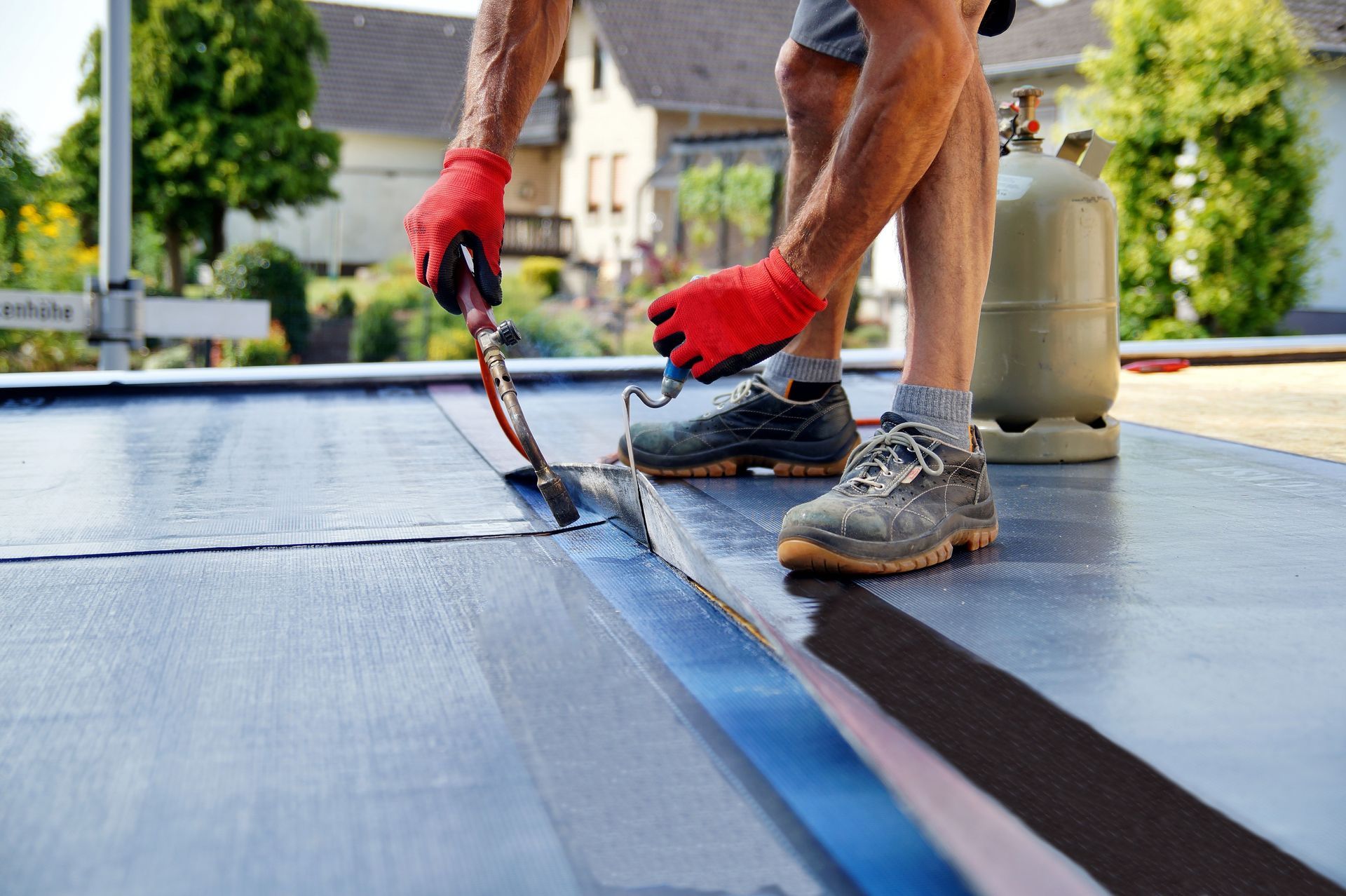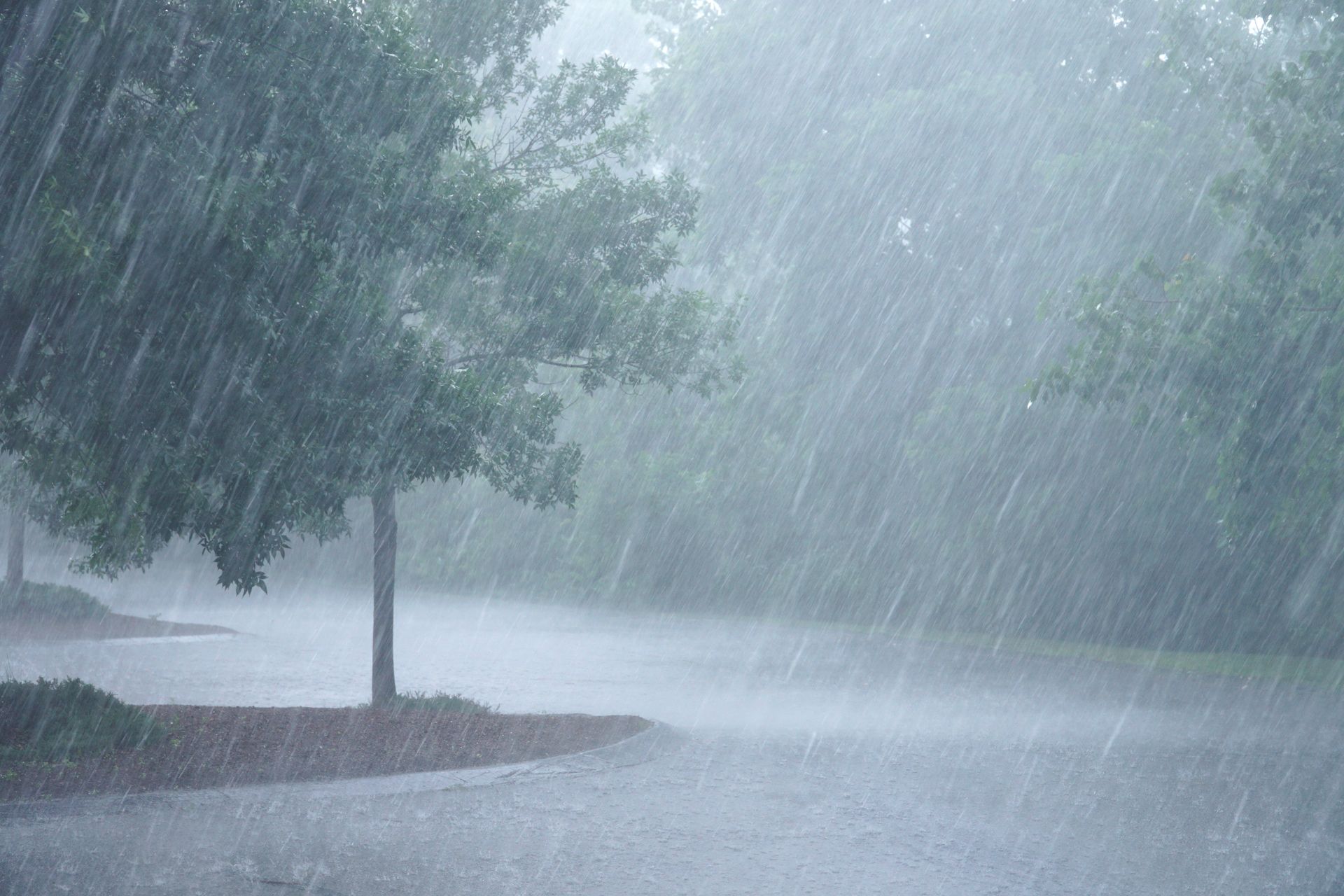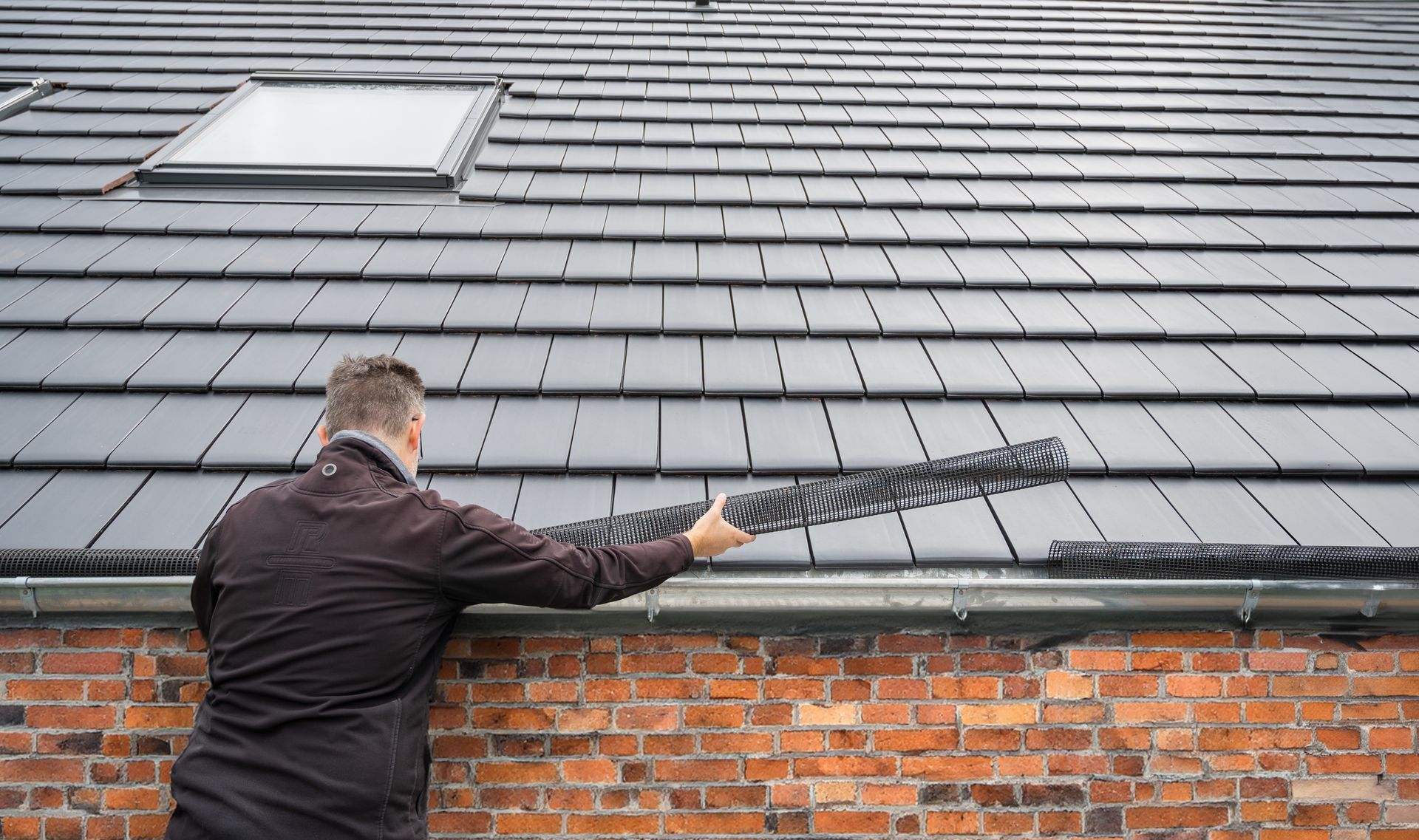Does Flashing Quality or Type Matter for Storm and Rain Resistance?

In a rainy city like Seattle, your roof’s flashing quietly does some of the hardest work in keeping your home dry. While shingles or tiles get most of the attention, it’s the flashing, the thin metal that seals edges, joints and penetrations, that prevents water from finding its way inside.
Flashing failures are among the most common causes of roof leaks, especially around chimneys, skylights, valleys and headwalls. Over time, even small cracks, corrosion or improper installation can let rainwater infiltrate your home’s most vulnerable points. The result: costly interior damage and long-term structural moisture problems.
So, does flashing quality or type really matter for storm and rain resistance? Absolutely. The material, installation method and maintenance of your flashing determine how well your roof holds up against Seattle’s year-round moisture.
Understanding Where Flashing Matters Most
Flashing protects transitions, places where two surfaces meet and water naturally tries to collect or penetrate. The main areas include:
- Chimney Flashing: One of the most common leak sites, chimney flashing involves multiple layers of protection: step flashing along the sides, counter flashing built into mortar joints and base flashing at the bottom. Each layer directs water away from brick and mortar joints. If any portion loosens, rusts or cracks, it can cause a chimney flashing leak.
- Valley Flashing: Valleys are where two roof slopes meet, channeling large volumes of rainwater. Properly formed metal flashing here is essential. Inadequate overlap or corrosion can let water slip beneath shingles, especially during heavy downpours.
- Headwall and Sidewall Flashing: Where a roof meets a vertical wall, flashing ensures runoff doesn’t seep into siding or framing. Improperly lapped or sealed flashing can cause water to back up under shingles or flow into the wall cavity, leading to rot and mold growth.
Each of these profiles serves a different function, but all rely on precision installation and durable materials to stand up to Seattle’s frequent wind-driven rain.
The Role of Material Quality and Corrosion Class
Not all flashing metals are created equal. Seattle’s combination of moisture and mild salt exposure from Puget Sound requires corrosion-resistant materials that can withstand years of wet weather.
Galvanized Steel (Class 1–3)
Common and affordable, galvanized steel is often used for residential roofs. However, lower corrosion classes (1–2) may deteriorate faster in humid climates. Higher grades (Class 3) with thicker zinc coatings last longer but still need regular inspection.
Aluminum
Lightweight and easy to shape, aluminum performs well on many roofs but reacts poorly with certain materials like concrete or treated wood, leading to galvanic corrosion. Protective coatings or separation layers are essential when used near dissimilar metals.
Copper
Highly durable and naturally corrosion-resistant, copper flashing can last 50 years or more. It develops a protective patina that enhances longevity, making it ideal for high-end or historic homes. Its higher cost, however, can make it less practical for large roofing systems.
Stainless Steel
For the ultimate in longevity and corrosion resistance, stainless steel performs exceptionally well in coastal or high-rain regions. It resists staining and rust even after decades of exposure.
For Seattle homes, choosing flashing with a corrosion class of 3 or higher provides the best defense against rain and coastal humidity.
Sealant vs. Solder: The Durability Difference
Sealant-based flashing joints are common, but sealants break down faster than metal. Ultraviolet light, temperature changes and constant moisture cause caulking to harden and crack within a few years.
Soldered flashing joints, by contrast, fuse metal together permanently, providing a watertight bond that can last decades. Copper and stainless steel are ideal for soldering, while galvanized or aluminum flashing typically rely on sealants.
That does not mean sealants have no place. They are often used for maintenance and minor repair work, but relying solely on caulking as the main waterproofing barrier invites recurring leaks. When reroofing, professional roofers often replace sealed joints with soldered or mechanically locked connections to ensure long-term protection.
Roof Flashing Repair vs. Roof Replacement
Despite its vital role in your roof’s ability to repel water, flashing is physically a very small part of your roof. Flashing repair and replacement are far more affordable than roof replacement because it usually involves resealing or replacing small metal sections rather than entire roof areas.
That said, flashing failure can be indicative of overall roof quality or age. Leaking flashing could just be one early sign that your roof is nearing or has reached the end of its useful life.
Roof Flashing Repair is appropriate when:
- The leak is isolated around a chimney, vent or valley.
- The roof is otherwise in good condition with several years of life remaining.
- Flashing corrosion or sealant failure is visible but localized.
Full roof and flashing replacement is recommended when:
- The roof is near the end of its lifespan.
- Multiple flashing sections around chimneys, vents and skylights show corrosion or detachment.
- Shingles or underlayment have deteriorated around flashing areas.
Need Roof Flashing Inspection or Repair in Seattle or Puget Sound?
If you suspect a chimney flashing leak, don’t wait for the next storm to find out how bad it is. Chet’s Roofing & Construction specializes in roof flashing repair in Seattle, offering expert inspections and precision craftsmanship tailored to the Pacific Northwest’s wet climate.
Contact us at Chet’s Roofing & Construction today by calling (877) 611-1514.



